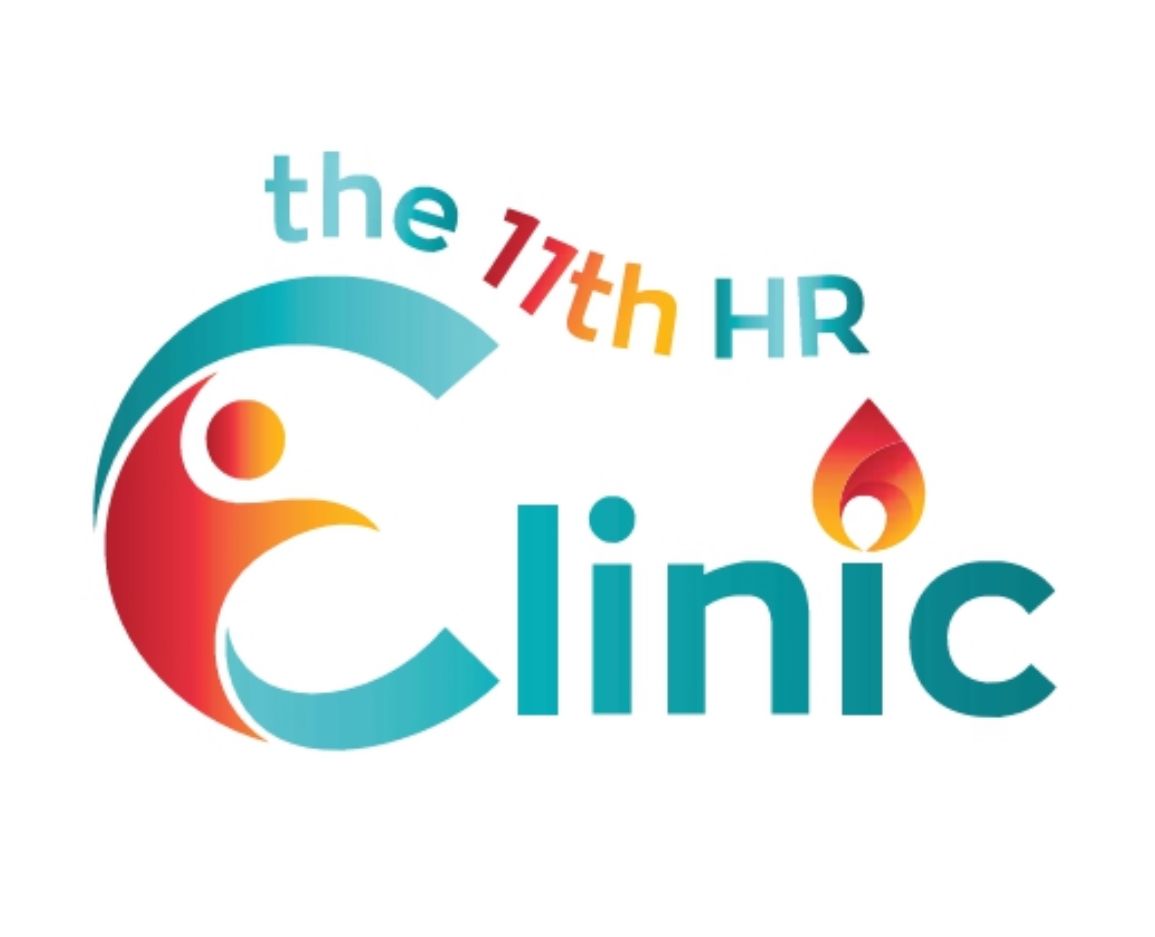Supporting Successful Career Transitions for School Leavers in Australia
Insights from Emerging Research
As Australia’s education system continues to evolve in response to technological, economic, and social change, supporting school leavers in their transition to work has become a growing priority for educators, policymakers, and HR professionals. We explore this critical juncture, drawing on academic insights and practical strategies to better support young people as they navigate the leap from education to employment.
The Transition Gap: Challenges Facing School Leavers
Research shows that the transition from school to work is more complex today than in previous generations. According to the Longitudinal Surveys of Australian Youth (LSAY), many school leavers experience non-linear pathways, marked by periods of underemployment, further education, and career experimentation. Factors such as socio-economic background, geographic location, and access to career guidance significantly influence outcomes.
A 2022 study by Lamb and Huo highlights that only around 60% of Australian school leavers are in full-time work or study within six months of completing Year 12. The remaining 40% face greater risk of disengagement or entering insecure, low-paid work. These statistics underline the need for targeted interventions and structured career development programs.
Bridging the School-to-Work Divide
Academic literature points to several key areas for effective career transition support:
1. Early and Structured Career Education
Research by Watson et al. (2020) indicates that students who engage with career education programs from early secondary school are more likely to develop clear vocational identities and realistic career goals. Career education that integrates work-based learning, industry engagement, and self-reflection leads to higher levels of confidence and employability.
2. Work-Integrated Learning and Partnerships
Employer-school partnerships, such as vocational education and training in schools (VETiS), apprenticeships, and internships, play a crucial role in exposing students to real-world work environments. Clarke (2018) emphasizes the importance of these experiences in building soft skills, professional networks, and realistic expectations about the world of work.
3. Support for Equity Groups
Students from rural or low-SES backgrounds often face additional barriers. Academic research calls for tailored supports, including mentoring, transportation subsidies, and digital infrastructure to ensure equitable access to career opportunities. Programs like the Australian Government's Transition to Work initiative have shown promise but require broader implementation and evaluation.
4. Role of Human Resource Professionals
HR practitioners are uniquely positioned to influence school-to-work transitions by building talent pipelines, offering flexible entry-level roles, and engaging in local workforce development initiatives. By collaborating with schools and career services, HR can help align education outcomes with labour market needs.
From Research to Action: What Can Be Done?
At the 11th HR Clinic, we suggest that stakeholders consider the following actionable steps:
- Co-design transition programs with schools, TAFEs, and local employers to provide real-world experience and build industry-aligned skills.
- Embed career development competencies in school leaver recruitment strategies, recognising the value of non-linear pathways and diverse educational experiences.
- Invest in mentoring and onboarding for young recruits to reduce attrition and support their adjustment to professional environments.
- Advocate for data-driven approaches to workforce planning, using insights from longitudinal studies and labour market analysis.
Not Sure What’s Next After School? We’re Here to Help.
Leaving school can feel exciting but also a little overwhelming. For those thinking about work, study, taking a gap year, or just figuring things out, you're not alone. the 11th HR Clinic is here to support you as you take your next steps.
At the HR clinic, you can talk with us about your thoughts around your career and training pathways, explore your your strengths, interests, and options, get guidance on resumes, job searching, or choosing a course, learn about apprenticeships, internships, or entry-level roles and ask questions — big or small — about your future. Submit an enquiry online here or call our head office.
References
Clarke, K. (2018). Youth transitions, the labour market and career support: A critical policy perspective. Journal of Education and Work, 31(2), 109–122. https://doi.org/10.1080/13639080.2018.1433820
Lamb, S., & Huo, S. (2022). Counting the costs of lost opportunity in Australian education. Mitchell Institute, Victoria University. https://www.vu.edu.au/mitchell-institute
Watson, L., Hagel, B., & Chesters, J. (2020). Future-proofing young Australians: Career education as a tool for life and learning. The Australian Educational Researcher, 47(5), 891–910. https://doi.org/10.1007/s13384-019-00379-y



